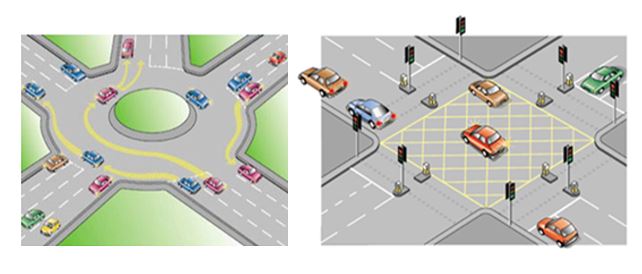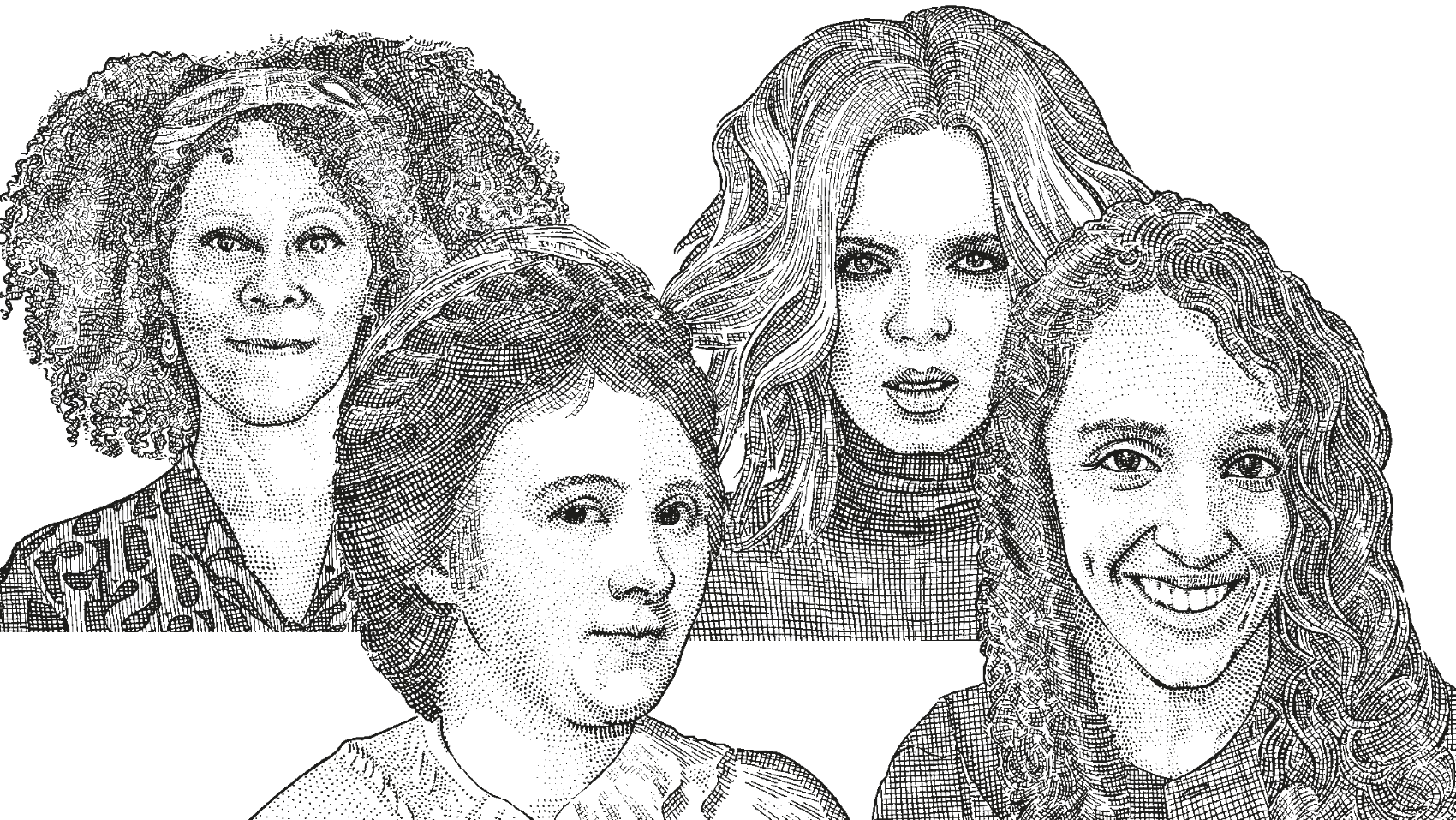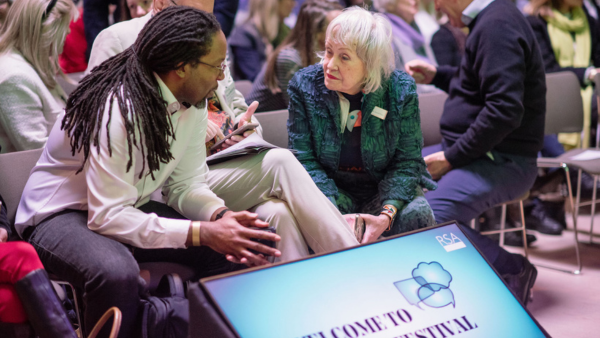Life is getting faster; we have busier lives and busier work. The rhythm of our lives is changing as we strive to get what we value most from our precious time and resources.
This pressure to change applies equally in our work-life; more so in some ways because those pressures are most often negative, they come in the form of increased competition or reduced budgets; they can’t be ignored. Yet our work organisations are not as readily changed as our personal lives. At work, other people are impacted by change; change must be coordinated. In highly ordered and systematised workplaces roles are interconnected like cogs in an elaborate machine; dozens of people may be impacted by a simple change. Change, especially structural change is both complex and costly and therefore seen as a last resort. Most organisations will pursue a different tactic to improve efficiency; this tactic is called “optimisation”. Waste is eliminated and services rationalised in pursuit of efficiency; it is no coincidence that this tactic requires the least amount of structural change.
This is analogous to the Jenga toy. Non-essential blocks are removed from the tower in pursuit of its bare essential elements - any change is good as long as the tower doesn’t topple. Cost cutting is about being an expert at removing blocks without crashing the tower; in traditional organisations these cost cutting experts are sometimes paid-by-the-day consultants. It is clear to everyone that the tower is getting weaker and more vulnerable with the removal of each block whilst a more stable structure using fewer blocks could be built from scratch with just a little imagination; but this reconstruction is against the rules of Jenga.
Do you work in an organisation that is relentlessly pursuing optimisation?
It’s not like this in all organisations; some seem to cope easily with change, reacting in positive, constructive ways yet keeping their costs to a minimum. Perhaps most importantly, this is done without great stress for the workforce, change is seen as beneficial to the individual.
How do they do it?
Is it their culture; do they have a much more engaged and pro-active workforce?
Is their secret a much more pro-active management team; a team who identify problems and reorganise quickly and rationally?
What we do know is that these organisations are structured differently; they are “bottom up” structures, based not around charismatic leaders but around a network of its individual members. It is the members who are the source of adaptive reorganisation and restructuring; they use flexible structures that allow individuals to move within the network to suit their needs and circumstances. This approach is no nirvana, along with these advantages comes new fragilities, uncertainties and weak points.
Before we further explore this organisational form, let’s take a moment to summarise the approach clearly. It is neither new-age nor mystical; high-tech nor revolutionary. It is a normal and familiar structure, something we interact with in our everyday lives. The contrast is clearly illustrated in the difference between a traffic light controlled junction and a roundabout.

Traffic lights operate like the managers of the junction, the road-side control box being like the relentless logic of the business model. The lights coordinate the movement of the drivers who represent the individual workers. If the business model is sound, managers issue the correct commands and the workers comply, then traffic flow is orderly: as long as nothing unexpected occurs.
This is an age old system which combines reductionism-&-determinism with command-&-control and demands from the workforce that they conform-&-comply.
Devolved decision making within a carefully crafted structure specifically designed to accommodate and facilitate this decision making is what sets apart these adaptive organisations. The individuals within feel much more connected and in charge of their activities and that makes work-life far more self-expressed and satisfying. A surprise benefit comes in the form of increased innovation and productivity; such organisations are teaming with beneficial changes.
It’s not rocket science; but certainly some thought has to be applied to the design of these structures; you don’t get a functional roundabout simply by removing the traffic lights from your junction - that would just result in chaos. The challenge is combining a two-fold approach: firstly of defining and devolving the over-all constraints on the system (like the design of the roundabout and its rules …top down) and secondly leaving the network to dynamically provide the detail solutions as circumstances change (give freedom to the drivers to use it as they choose….bottom-up). This is an age old system based on devolution plus responsible autonomy.
The increased individual freedom such systems provide is also an opportunity for more dysfunction; such systems can nurture unproductive and domineering behaviour. Thus checks and measures must be designed to constrain behaviours both within the detail of the law and also within appropriate social norms.
Once these networked organisations have built their repertoire of detailed behaviours and are comfortable applying them dynamically as their circumstances change, then the responsibility for the wider system design can itself be devolved to the network as an agreed set of principles. Those organisations, in which responsible autonomy and self-expression reign supreme seem able to deliver that elusive combination of being super-functional (in cold hard outcome terms) and yet simultaneously humane and nurturing places to work.
Julian Wilson FRSA is an unapologetic industrialist who knows the joy of a well-oiled machine. Passionate though he is about the arts of engineering, he is also very aware of the dangers of using the techniques of mechanisation in areas of social organisation. For more than twelve years he has been operating his SME – Matt Black Systems along the lines of a self-managing organisation. Noteworthy among its success is the 300% increase in productivity that it has achieved.
Julian is also a member of the RSA Fellows’ Reinventing Work Network, which was inspired by Fredric LaLoux’s talk at the RSA in 2015, How to Become a Soulful Organisation. The network is a gathering-place for people who are leading their organisations towards “teal”, supporting change as consultants, or seeking to inspire change within their own organisations. You can sign up to their next online event here or join in person on 24th May. For more information please contact the network lead, Judy Rees FRSA at judy.rees@gmail.com
Related articles
-
Nine famous female Fellows inspiring inclusion
Dean Samways
International Women’s Day 2024 invites us to imagine a world where all genders enjoy equality. Where prejudice and discrimination no longer exist. This is the world our work is helping deliver to this and future generations.
-
Fellows Festival 2024: changemaking for the future
Mike Thatcher
The 2024 Fellows Festival was the biggest and boldest so far, with a diverse range of high-profile speakers offering remarkable stories of courageous acts to make the world a better place.
-
Inspired by nature
Rebecca Ford Alessandra Tombazzi Penny Hay
Our Playful green planet team summarises a ‘lunch and learn’ at RSA House that focused on how the influence of nature can benefit a child’s development.




Join the discussion
Comments
Please login to post a comment or reply
Don't have an account? Click here to register.
The LaLoux perspective, once you strip away the lofty calls for wholeness and soul, is still the classic, servants-of-power approach to top management: "Whatever your purpose (sorry, "firm's strategic aspiration"), we bring you tools". The verbs tend to be what Gilbert Ryle would call "achievement" verbs - they reflect desirable outcomes - "align", "leverage" "identify", "establish", "manage" "craft" etc. Management "principles" usually turn out to be either good intentions or desirable outcomes. They are incontrovertible but trivial - true-but-useless as guides to action (other than to hire the consultant to explain and help!). This is still the Cartesian, instrumental mindset that has been such a dominant feature of management over the past 50 years. This is the problem. There is no "we" to change "our" mindset without getting into an infinite regress.
Instead of framing "teal' organizations as an evolutionary advance it should be understood as part of an ecological dynamic. Enterprises are conceived in passion, born in communities of trust, grow through the application of reason and mature in power. Here they tend to get stuck, which sets them up for crisis and destruction but with the possibility of renewal (it's a very old story). In other words, enterprises start their lives as "teal" become "green" (stakeholder oriented) then "orange" (predict and control) and "brown" (formal hierarchy) and end up "red" (structures of arbitrary power). The colours are less levels of consciousness than stages of development in which we are mostly immersed participants rather than detached observers. So what changes our "mindsets"? It has to be an experience, something outside of ourselves. So the $64,000 question is "What kind of experience would change our Cartesian mindsets?"